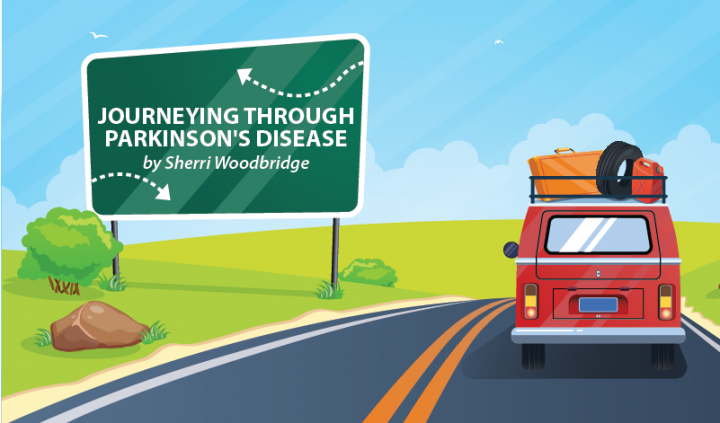Is Parkinson’s Disease Coming Out of the Shadows?

We all want to feel that we have something we can depend on, something we can call “normal” in this fight against Parkinson’s disease. But Parkinson’s is anything but normal.
You might have heard that each person with Parkinson’s wears the disease differently. How the disease manifests is unique to each individual. Not only do the symptoms vary according to the individual, the treatments can also differ. A therapy that seems to be working wonders for one person may not make the slightest difference to another.
Snowflake diseases
Parkinson’s is sometimes referred to as a “snowflake disease” based on the fact that no two snowflakes are alike. The snowflake analogy describes how no two cases of Parkinson’s are the same.
In her column “Disabled to Enabled,” Jessie Ace discusses this, stating that, “MS is sometimes called ‘the snowflake disease’ because each case is unique.”
An autoimmune disease called myasthenia gravis, characterized by a weakening of voluntary muscles, also is referred to as a “snowflake disease.” With so many snowflakes falling under the guise of many different diseases, it is easy to get confused about what disease you have and how it should be treated.
Changing perspective
What used to be an “abnormal” and rare disease seems to be more commonplace. At least it can sometimes appear like that to me. One thing that isn’t common is the young age at which some people first show signs of Parkinson’s. What used to be considered an “old person’s disease” is being seen in younger people, too.
As life expectancy increases, Parkinson’s may become more common. But what about the younger crowd — those with young-onset Parkinson’s disease? This group, which comprises those diagnosed before age 50, accounts for only 2 to 10 percent of those living with Parkinson’s in the United States. In rarer instances, Parkinson’s-like symptoms can appear in children and teenagers — a form of Parkinson’s called juvenile Parkinsonism.
Research has helped to improve and speed up the diagnostic process for this disease (however slow it may seem), and so it makes the “abnormal” chronic illness known as Parkinson’s disease seem more “normal.” But we need to move faster to raise awareness and help with fundraising efforts for research toward more advanced treatments. Or better yet, a cure for Parkinson’s to take it out of the running entirely.
***
Note: Parkinson’s News Today is strictly a news and information website about the disease. It does not provide medical advice, diagnosis, or treatment. This content is not intended to be a substitute for professional medical advice, diagnosis, or treatment. Always seek the advice of your physician or another qualified health provider with any questions you may have regarding a medical condition. Never disregard professional medical advice or delay in seeking it because of something you have read on this website. The opinions expressed in this column are not those of Parkinson’s News Today or its parent company, Bionews Services, and are intended to spark discussion about issues pertaining to Parkinson’s disease.







Turk Despard
Was diagnosed with P.D. 7 years ago and have a real battle now . . . .
Taking lots of P.D. meds and am still fighting it, and not able to be
anywhere normal . . .
thanks for your ongoing info
Turk